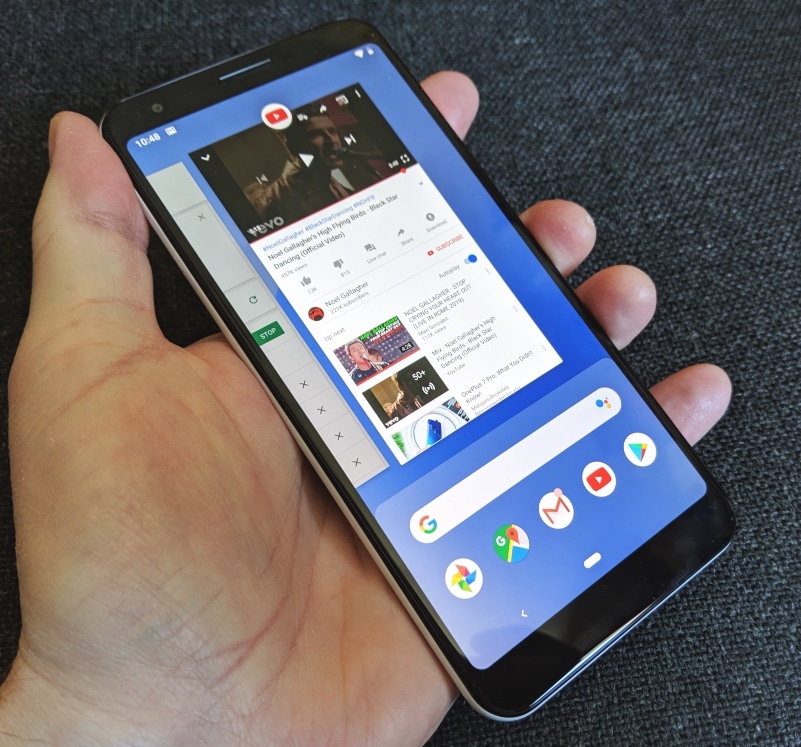![]()
DxOMark is out with its review of the Pixel 3 camera review where it has scored 101 points — the same as the iPhone XR. In Photos, the Pixel 3 scored 103 points with the publication noting that it offers fast autofocus, great detail preservation, and good dynamic range.
It notes that compared to the Pixel 2, the Pixel 3 offers the biggest improvement in zoom and bokeh thanks to hardware and software improvements.
Despite coming with a single camera setup at the rear, the Pixel 3 offers Super Res Zoom to capture more detailed photos when zoomed in. While it is not good enough to beat the telephoto sensor found on other devices, it is still a marked improvement from the Pixel 2. At 2x zoom, there’s “remarkable detail for a single camera phone,” with improvements brought about by Super Res Zoom being visible even at 5x zoom.
In video, the Pixel 3 scored 98 points and manages a tie with the Huawei P20 Pro for the top spot. The exposure, color rendering, and stabilization on the Pixel 3 while recording videos is top notch, with noise and artifacts being kept in check even in low-light scenarios.
Interestingly, the review does not talk about the audio quality while recording videos. This is important as Pixel 3 owners regularly complain about the poor and tinny audio quality in the videos they record. Google did improve things with the December security patch but there’s still room for plenty of improvement.
Overall, DxOMark says the Pixel 3 has a very “versatile camera” that people can use in any scenario without any tweaks. It notes that it offers fast autofocus, good target exposure and dynamic range, good detail preservation, and more. The lack of a telephoto lens means it still sits lower than the likes of HTC U12 Plus and Huawei Mate 20 Pro in overall ranking.
The Pixel 3 camera performance has been highly praised by everyone so it is not surprising that it has got a glowing review from DxOMark as well. With its Pixel phones, Google has consistently managed to set a new standard for smartphone imaging that other OEMs need to match every year.
[Via DxOMark]
















